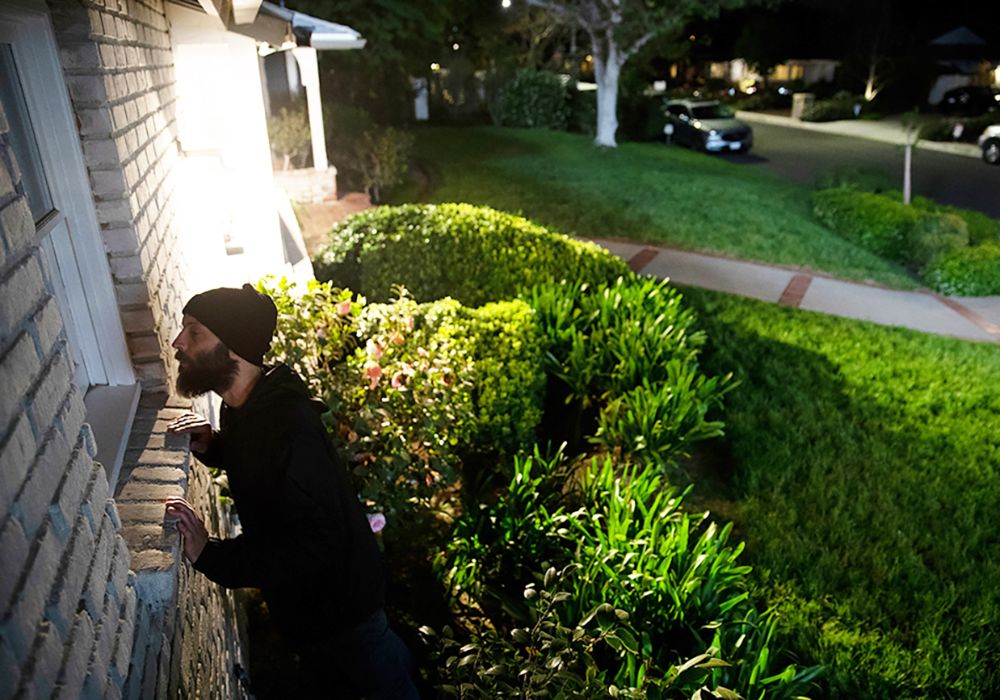Leave preparatory to retirement, also known as preretirement leave, can be an important transitional period for employees approaching the end of their careers. This dedicated leave period allows individuals time to properly plan and prepare for their upcoming change in lifestyle and daily responsibilities after retiring from the workforce.
However, many may be unfamiliar with the specifics of preretirement leave and what it entails. In this article, we will explore the question what is leave preparatory to retirement.
What is leave preparatory to retirement?
Leave preparatory to retirement, often shortened to LPR, refers to a designated period of paid time off work granted to employees who are nearing retirement age or the end of their careers. It provides time for mental, emotional and practical preparations to be made for transitioning out of employment and into retirement.
During LPR, individuals can focus efforts on retirement planning activities like determining finances, exploring post-work pursuits and ensuring healthcare needs are met.
Why is it important to take leave preparatory to retirement?

Related: What Happens When No One Can Afford A House?
Taking LPR is important because it allows time for employees to properly plan and adjust to the significant lifestyle change that retirement brings. The benefits of LPR include opportunities to better understand financial standing, assess retirement goals, make informed decisions and mentally adjust to leaving full-time work.
It also supports employers through fostering employee loyalty, satisfaction and facilitating smooth succession planning as staff approach retirement. Overall, LPR provides a valuable resource for smoothing the passage into a fulfilling retirement.
How long is leave preparatory to retirement usually?
The standard duration offered for LPR can vary between workplaces. Some companies may provide a set period of leave, like 4-6 months, while others offer flexible options based on factors such as years of service or employee preference. Typical LPR durations range anywhere from a few weeks to 6 months or more.
The exact length is usually outlined in employer policy and may depend on individual needs and circumstances as retirement approaches.
What are some common activities during LPR?
Individuals often spend their LPR focusing on important retirement preparations like meeting with financial advisors, attending retirement planning workshops, researching interests to pursue in retirement and ensuring health and estate plans are in order.
LPR also provides time for relaxing, recharging and adjusting to the transition away from full-time work through activities such as travelling, developing new hobbies and spending more time with family/friends.
How do employees request LPR?
The process to request LPR usually involves submitting a formal application or written notification well in advance, following any specified procedures and timelines outlined in company policies. Supporting documents related to retirement intentions may need to be provided. It's also wise to consult HR or retirement advisors during the application process for guidance. Factors like job duties and sufficient notice will help ensure approvals.
What documentation may be needed for LPR?
Some employers require documentation to substantiate retirement intentions before approving LPR. Common forms of supporting documentation include submitting a stated retirement date and retirement notification or resignation letter. In some situations, employees may need to provide additional information pertaining to retirement eligibility criteria or proof of post-retirement plans.
Consultation with HR can clarify any specific documentation requirements.
Should employees communicate during their LPR?
While on LPR, it's beneficial for employees to maintain open communication lines with their employers or colleagues to ensure a seamless transition. Responding to occasional requests and keeping supervisors informed of attendance can help. Continuing contact through this period demonstrates accountability, facilitates later knowledge transfers and fosters relationships that may even continue into retirement.
What should employees do before starting LPR?
Prior to commencing LPR, employees should take steps like delegating responsibilities and completing assignments to support a smooth work handover in their absence. Advance planning also gives time to consolidate files, documents and contacts that the incoming staff may need.
It's an opportunity to train colleagues and prepare any guidance material. Some workplaces may require formal sign off from managers to ensure being "LPR ready."
How do employees return from LPR?
Upon concluding LPR, it's important employees receive necessary closure and return in a compliant manner based on schedules. This may involve transition meetings, handing over outstanding items, passing on contact details and expressing gratitude to coworkers.
Retirees should also begin exploring personal retirement preparations like activities, clubs or hobbies of interest determined during LPR planning. Their timely return demonstrates professionalism throughout the process.
What are some tips to maximizing LPR benefits?
To fully capitalize on LPR's advantages, focus utilizing time on priority preparations like finances, health care and lifestyle adjustments. Meet regularly with advisors and research options thoroughly. Make lifestyle visions,bucket lists and daily schedules to stay engaged.
Consider pairing LPR with part-time or contract work if desired. Most importantly, use this period to make informed decisions, feel ready for retirement and enjoy well-earned time off.
Conclusion
In summary, leave preparatory to retirement is an important transitional benefit provided by some employers to support retiring employees. Through a dedicated period of paid leave before stopping work completely, individuals can properly plan for various practical and mental adjustments involved with retiring.





